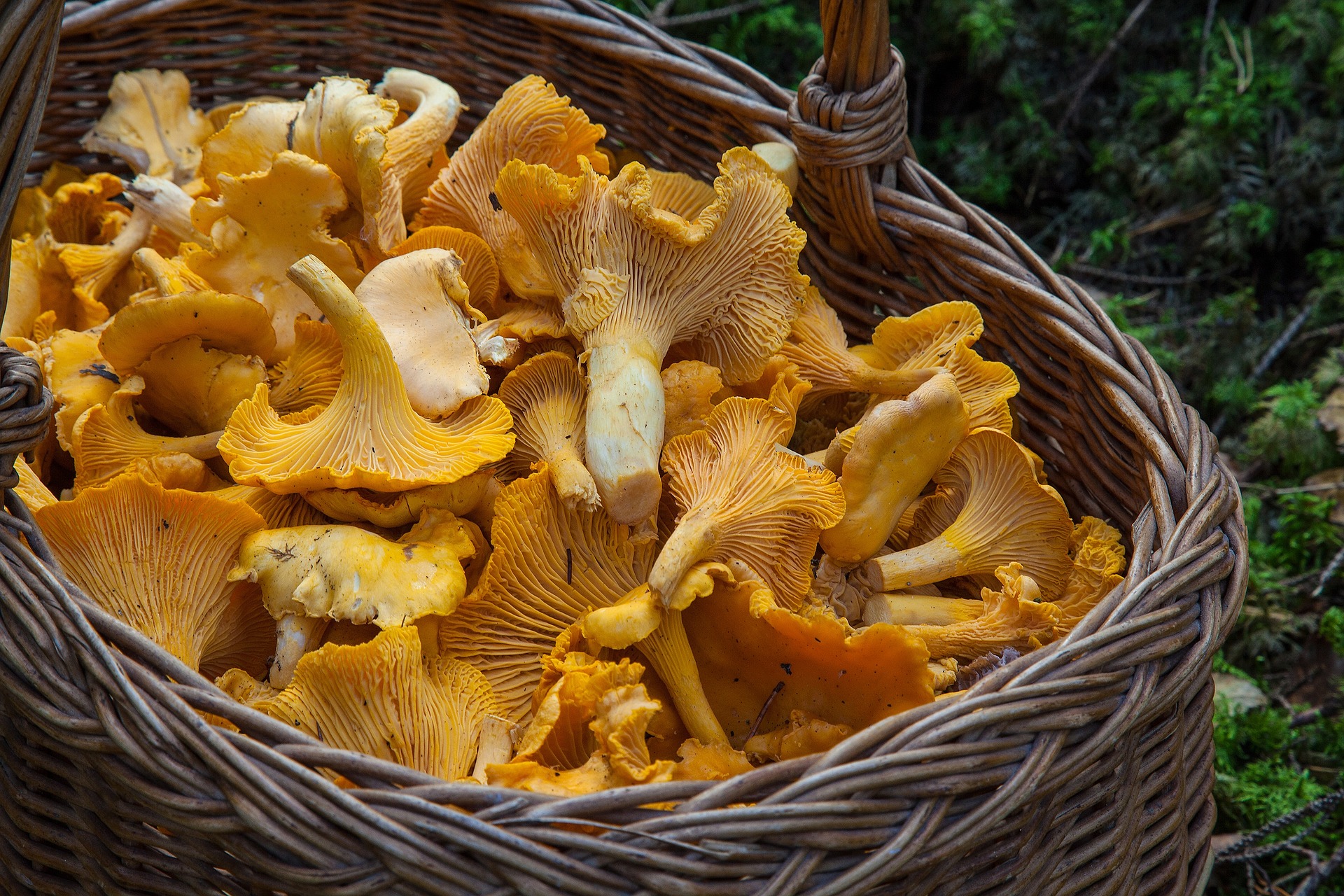In this interview, MFA candidate Jai Hamid Bashir talks with Ross Gay about his new nonfiction book, The Book of Delights. Ross Gay is the author of three books of poetry: Against Which; Bringing the Shovel Down; and Catalog of Unabashed Gratitude, winner of the 2015 National Book Critics Circle Award and the 2016 Kingsley Tufts Poetry Award. His collection of essays, The Book of Delights, was released by Algonquin Books in 2019.
Ross is the also the co-author, with Aimee Nezhukumatathil, of the chapbook “Lace and Pyrite: Letters from Two Gardens,” in addition to being co-author, with Richard Wehrenberg, Jr., of the chapbook “River.” He is a founding editor, with Karissa Chen and Patrick Rosal, of the online sports magazine Some Call it Ballin’, in addition to being an editor with the chapbook presses Q Avenue and Ledge Mule Press. Ross is a founding board member of the Bloomington Community Orchard, a non-profit, free-fruit-for-all food justice and joy project. He has received fellowships from Cave Canem, the Bread Loaf Writer’s Conference, and the Guggenheim Foundation. Ross teaches at Indiana University.
In one of my favorite poems of yours “Poem to my Child, If Ever You Shall Be,” you articulate, “what would you think/ of this world which turns itself steadily/ into an oblivion that hurts, and hurts bad?” Yet, the poem shifts and blooms into something more optimistic. I felt this book to be an extension of those emotions: how the desire to find delight often times becomes a way to conjure a meditation on the matrix of how things have been and could be. What would you say to someone who is grappling with our moment now after intentionally spending a year observing delights?
I would say something like, “Yeah, I’m grappling too.” Because it’s dire times (dire-ass times) and has always been dire-ass times for someone: many, many, many someones. And then I would do my damndest, and maybe I would fail, but I would try to point to some ordinary kindness or act of care or tenderness or beauty, which we are always in the midst of. I would suggest we study the many ways we are good to each other and learn more about that. Learn, even, how to grow that (which maybe we will do just by noticing it, and pointing to it).
Your poetry and this book are full of so many wise, gorgeous encounters with the more-than-human. After writing this book, do you feel a stronger urgency to seek out time away from cities or be in built-spaces?
I don’t think so. I think I just feel a stronger urge to be more fully in the place I am, wherever that is. A stronger urge, and maybe a slightly more developed muscle, of attending to the magic of where I am.
Speaking of cities, many of the delights are based on how the body of color and person of color is interacted with in public spaces (being called “baby,’ being offered a high-five, waving, etc). In some ways, I start thinking about this text as reflecting how our urban spaces operate.
One of my favorite ideas arrives from the “Public Lying Down” section, where you reference A Pattern Language and public sleeping being indicative of a thriving town. Juxtaposing this with your mistreatment in “Microgentrication: WE BUY GOLD,” I started to strongly consider how our built-spaces can curate our joy and how we perceive or are denied joy as people of color.
How do you think we can be better witnesses and advocates for our urban spaces to be more inclusive?
Well, one thing I think we could do is plant more trees. Like way more trees. Trees are natural gathering places, and more of them means more gathering. And fewer cars, or streets that get shut down time to time, that kind of thing. Pedestrians always with the right of way. Bigger bike lanes. Wider sidewalks. More awnings. More accessibility for everyone. More spaces to congregate. An abundance of public toilets. More places to sit. Skateboarding not a crime. Lots of things not crimes. Places to be where you don’t have to spend money to be there. People more valuable than property. Etc. I realize I’m sort of saying things that allow us to be, rather than answering your question, which is about how do we advocate and witness. On the witnessing part—maybe we pay attention to what makes us feel good and alive and free when we’re in cities—shade, not being told to move on, water, bathrooms, benches you can lay down on, a place to be, art, gardens, fruit trees, music, etc.—and be like, “I like that!”
There’s a typewriter shop in Philly I love, beautiful machines all lined up on little tables with paper around so you can try things out. The owner also sells books on the sidewalk—if it’s not rainy she spreads out books on the stoop, and you can take a book and drop a buck in the mail slot. When it gets warm out she puts all these rocking horses on the sidewalk. It seems that she’s curating joy—she’s making a place where people can stay put, linger, loaf, and probably talk while their kids rock.
And now I realize the thing I most want to land on here is just a little inversion of your question—whereas you asked how our built spaces can curate our joy, I would ask this: how can our joy curate our built environments? If joy is something like the luminous moments in which we become aware of our profound and fundamental interconnectedness, or the luminosity that results from that awareness, how would it guide us to make a sidewalk or a school or a park? How would it guide us, too, in our everything? In our teaching or dying or eating?
This is your first work of nonfiction. Did you have a different approach to writing this text versus your previous poetry collections? Can we anticipate more works of nonfiction from you?
I definitely wrote this differently than I wrote/write my poems, because for this book the practice was to write these every day, and to write them quickly. I have never had a daily write-a-complete-poem-draft practice yet (I don’t think…). I am writing another book, and it’s about my relationship to the earth. It’s about trees and fields and roots and history and imagination and love. I’m very excited about that, puzzled and excited by it. And I’m writing about the falsetto too, I think that might be a short book of prose.
As I read the book I kept a running list of the books and writers you mention. Writers such as C.D. Wright, Terry Tempest Williams, Renee Gladman and Maggie Nelson, etc. A common thread I noted between these writers is that they are also invested in the intimacy between the more-than human, the body, and how personal relationships center our core. Did you look at other books of nonfiction for inspiration while creating this one? Or, was this books mostly guided by observation?
Oh, I was deep in other books, guided by other books as I was writing this. In addition to the ones you mentioned, and definitely some others I’m forgetting, Hilton Als, Sarah Ruhl, Sarah Manguso, Brian Blanchfield, Eduardo Galeano, Jamaica Kincaid, Margo Jefferson, Beth Ann Fennelly, Montaigne, and my dear friend Aimee Nezhukumatathil, whose book of essays World of Wonder is forthcoming. We would trade essays, and her beautiful work was definitely, and has always been, a guide.
I am currently reading Saidiya Hartman’s Wayward Lives, Beautiful Experiments, and Robert MacFarlane’s Landmarks, both of which are astonishingly beautiful.
I was really moved by the negotiation between “Perhaps delight is like a great cosmic finger pointing at something,” and then into “our delight grows as we share it.” Later, as a way of countering the pervasive narrative around black suffering, you state, “ And the delight? You have been reading a book of delights written by a black person. A book of black delight. Daily as air.” In my mind, these engagements felt like like the marrow of the project. What do you hope people take away from this text?
I would hope readers are encouraged to witness our interconnection, and to celebrate it—and by “our” I mean human and otherwise. And by “otherwise” I mean the earth, which is so kind as to allow us to visit, to be. I hope it encourages us to gather and to preserve and share and tend and witness again and again what we love and want to be here with us. To witness some of the countless subtle and overt tendernesses that make our lives possible. To care and take care. To point at some delightful shit!
What would you say was one of your favorite findings or delights that you have encountered post the completion of this book?
I feel like this book helped me get better at witnessing collaboration, people making things happen, often in spite of. So I’m always noticing it now—oh, these people collaborating on this, these people collaborating on that, those animals, those trees, those bugs.
I can’t help but also want to keep my own “book of delights” after reading this text! Do you have any tips or suggestions now that you have experimented with this method?
Ha! I guess whatever fun way you can manage makes sense. My little rules—daily, draft them in thirty minutes, write them by hand—worked for me, but whatever makes it useful and fun and gets you pointing and sharing, that seems good.




